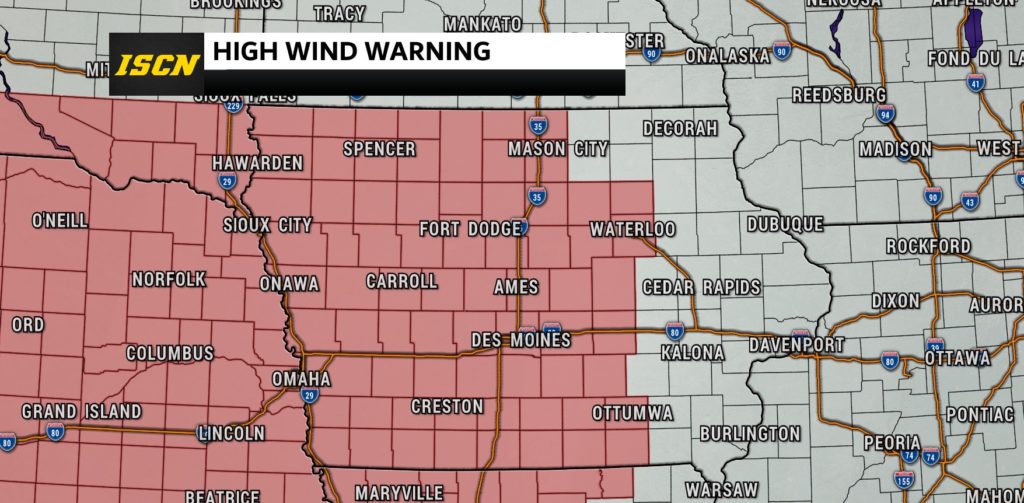What is a High Wind Warning and Watch?

High winds can occur during a severe thunderstorm, with a strong weather system, or can flow down a mountain. When winds are sustained at 40-50 mph, isolated wind damage is possible. Widespread significant wind damage can occur with higher wind speeds. During strong thunderstorms, straight line wind speeds can exceed 100 mph. High winds can blow objects around and pose a significant threat to your safety. In this article, we break down the difference between a high wind warning and a high wind watch. Understanding the risks can help you prepare for these events.
What is a High Wind Watch?
A high wind watch means sustained, strong winds are possible. Secure loose outdoor items and adjust plans as necessary so you’re not caught outside. NWS offices issue this product based on local criteria.

What is a High Wind Warning?
A high wind warning means sustained, strong winds with even stronger gusts are happening. If you are driving, keep both hands on the wheels and slow down. NWS offices issue this product based on local criteria as well.
Things To Do Before Strong Winds
It is good practice to make a list of items outside your home you will need to tie down or put away so that they don’t blow away or fly through a window. When NWS issues a high wind or severe thunderstorm watch, immediately secure these items to avoid damage or injury once the wind starts picking up. Identify an interior room of your house, such as a basement or interior bathroom, that you can take shelter in during high wind warnings. If you live in a mobile home, identify a sturdy building you can go to if NWS issues a high wind or severe thunderstorm warning.
Other things you should consider doing before a strong wind event occurs in your area is to trim tree branches away from your house and power lines. You should also secure loose gutters and shutters. Charge batteries of all essential items such as cell phones and booster packs, weather radios and power tools such as a reciprocating saw, which you might need to clear debris. And lastly, update your emergency kit and be sure to include enough food and water to last for 3 days for each person in your home.
What You Should Do During Strong Winds
Immediately go inside a sturdy building during a high wind warning or severe thunderstorm warning and move to an interior room or basement. If you are in a mobile home, move to a sturdy building before the winds pick up or the storm system reaches your location.
If you are caught outside or driving during strong winds, take shelter in your car if you are not near a sturdy building. If possible, drive to a nearby sturdy building. Otherwise, move your car to a location where it is less likely to be hit by falling trees or power lines. If no shelter is available avoid trees, power lines, and the side of the road. Keep in mind that power lines that are laying on the ground may be live. Do not go near them! Try to find a place that will block blowing or falling debris. If you are driving and aren’t near a sturdy building, hold the steering wheel with both hands and slow down. Keep a distance from high profile vehicles such as trucks, buses and vehicles towing trailers. One strong gust of wind can be enough to flip one of these trailers onto its side.
After a High Wind Event
Do not go near downed power lines. Report downed power lines to the police. Be careful when handling debris that may have blown into your yard. Be sure to have someone inspect your roof as strong winds have likely damaged multiple shingles.